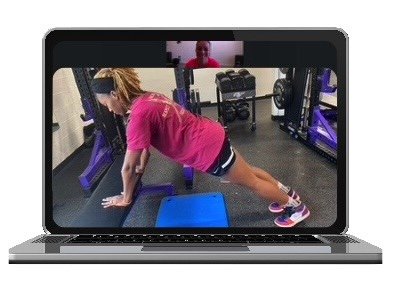Labor Breathing & Why It Matters

We all know that breathing is important. Yet, many laboring women forget the need to breathe well during childbirth. When the pain of the contraction grows, it's common to revert to short, rapid breaths or, worse still, to breath-holding. Let's discuss labor breathing and why it matters for your birth experience.

Labor Breathing: Oxygenation
Controlled labor breathing increases your oxygenation (3). If you begin to hyperventilate or hold your breath, you'll inevitably begin to feel light-headed. Likewise, baby's flow of oxygen decreases and health care providers are more likely to intervene in the labor process. Breathing techniques help to keep the oxygen flowing for both you and baby.
Labor Breathing: Calming
Conscious labor breathing, especially slow breathing, is calming to you during the stress of birth. Studies have shown that paced breathing during labor helps to reduce a woman's heart rate, anxiety, and pain perception (1,2). Additionally, slow, deep breathing has been shown to increase body awareness and mindfulness -- helpful skills as you work to establish rituals and get into a labor "groove" (3).
Labor Breathing: Distracting
Patterned breathing, like the familiar Lamaze techniques, can be a positive distraction from the pain of labor contractions. It takes longer for the brain to register discomfort when it's doing two things at once, like swaying and breathing to a rhythm. By using using labor breathing, you help to disrupt the pain pathway from the uterus to your brain. Combined with relaxation, focusing on your breath will also help shut out other distractions that may take you away from the work of labor.
Labor breathing is fundamental to safe, satisfying birth experience. When the stress of labor mounts, don't hold your breath!
Remember to STAY CALM and BREATHE ON!
References:
(1) Lothian, Judith. (2016). Lamaze Breathing. Retrieved from http://www.lamaze.org/lam
(2) Nichols, Francine H. (2000). Paced Breathing Techniques. From Childbirth Education: Practice, Research, and Theory.
(3) Lothian, Judith. (2011). Lamaze Breathing: What Every Pregnant Woman Needs to Know. Journal of Perinatal Education. Spring; 20(2): 118-120.



















We, Jaime and Sheeva, are fertility specialists who work and live in New York City. For a full run-down of education and articles written, click here. Our practice is devoted to helping women achieve their goal of parenthood. Using a team approach (two minds are always better than one) rooted in honesty and transparency, we are... Read More